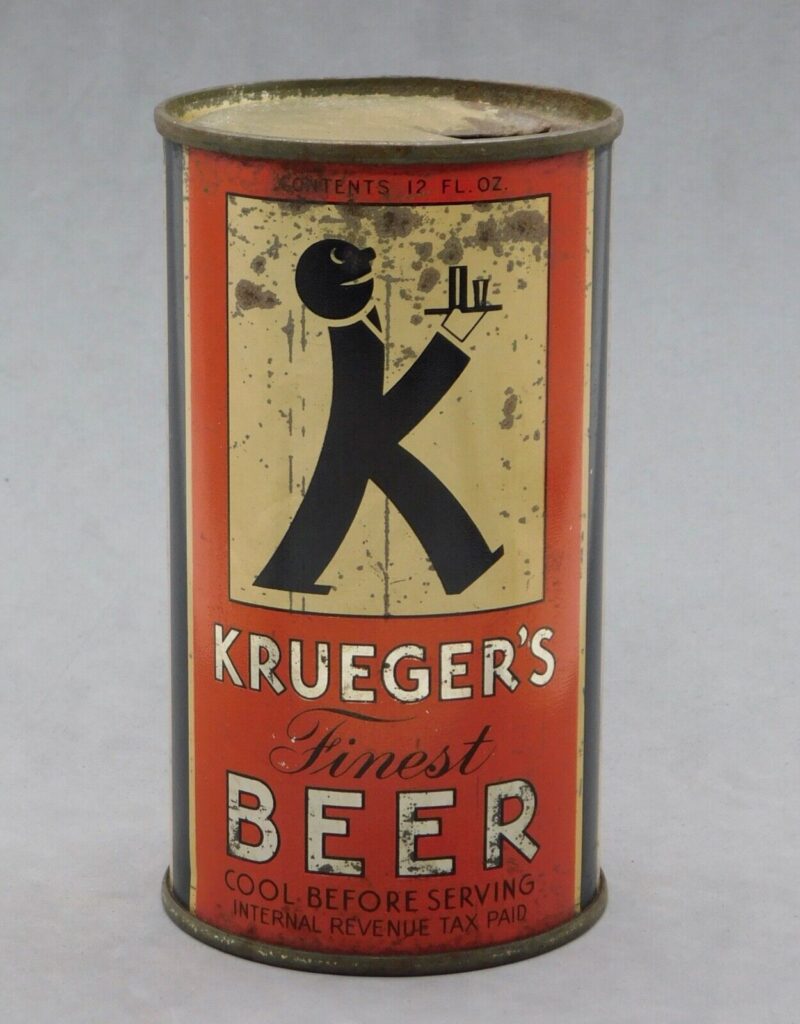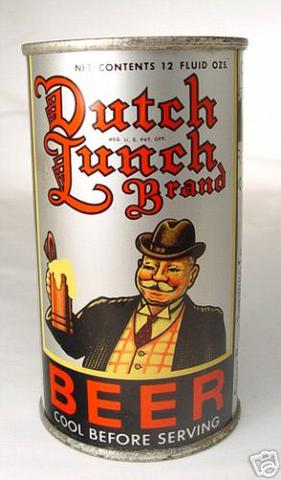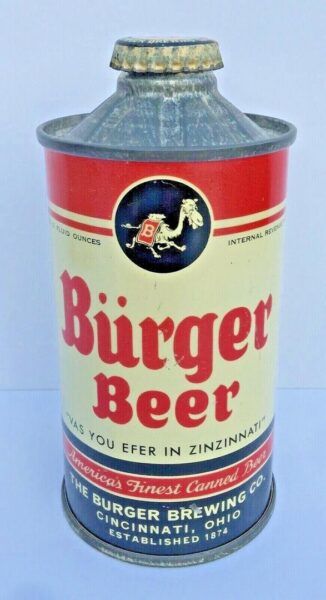#S.O.S #Surplus #Stuff #Amy #Moyer #Beer #Cans #WorthPoint
Ninety-nine bottles of beer on the wall are sometimes worth no more than 99¢, but occasionally, you come across one worth its weight in hops. Do you have a collection of vintage beer cans and bottles, or have you inherited a box or two from a relative? Read on to see which bottles or cans to save and which to toss in S.O.S. (Surplus Old Stuff): Beer Cans.
Basement “Beer Can Walls:” The Original Man Cave
I was recently at one of the New England antique malls where I have a space and noticed another dealer with a wall display of vintage beer cans reminiscent of the displays of old beer cans I frequently saw in various old uncles’ basements. No, my family never had a “wall of beer cans” in our basement, but I was always fascinated by those near and far uncles and cousins who chose to decorate their underground spaces with stacks of empty beer cans. These “beer can walls” laid the foundation, so to speak, of the future “man cave” movement and aesthetic.
Today, as a reseller, I never hesitate to snatch up any vintage or antique barware or breweriana at estate sales, knowing that I’ll be able to flip them for an easy profit. This practice holds true for items like lighted beer signs, brewery advertising mirrors and thermometers, and utilitarian wares such as glasses and tankards.
But how about those beer cans? Do any of those have value, or should you toss them all in the proverbial recycling bin?

The Beer Can Debut in the 1930s
The history of the beer can is relatively short, with these squat metal vessels only making their market debut in the 1930’s. The first company to sell their beer in a can was the Gottfried Krueger Brewing Company in Newark, New Jersey, also known as Krueger’s. They partnered with the American Can Company to get their product on the shelves, starting with both Krueger’s Finest Beer and Krueger’s Cream Ale.
These cans are easy to spot with their signature forest green and tomato red colors. They often have a “K” Krueger’s logo fashioned into a dapper waiter carrying a tray of drinks. Collectors love these early Krueger’s cans, so they are always worth saving or reselling on the secondary market.

Cone Tops, Pull Tabs, and Stay Tabs
After the initial commercial success of the 1930s beer can, manufacturers and engineers quickly began redesigning these containers. Original beer cans had flat tops and were made of steel, warranting the need for another invention, the church key, to open them. Can you imagine using a church key to open a steel can?
Following this simple design, several cone-top cans hit the shelves, with Schlitz leading the charge as the first national brewer to sell its beverages in this newly shaped can. Not only were these easier to open, but they were also easier to fill on glass bottling lines.
Brewers must have been sampling too many of their wares, however, because it wasn’t until 1963 that the Pittsburgh Brewing Company finally introduced a self-opening can, otherwise known as a “pull tab.” Their Iron City Beer was the first ale to have this easy-open top. Hallelujah!
However, all was not well in the beer can world as these pull tabs caused problems in themselves, falling into beer cans for drinkers to choke on, littering streets, harming wildlife, and cutting feet on beaches. Thankfully, it wasn’t too long before cans started carrying a “stay tab” in the mid-1970s, and here we are today with almost all canned beverages carrying the same opening system.
Tips for Resellers
Now that you know a bit about the history of beer cans, you have the foundation for learning which vintage cans to keep and which to chuck.
Do you have a heavy old beer can, obviously once opened at the top with a church key like an old can of V8 juice? Hold onto those, as they are likely some of the earlier beer cans manufactured out of steel rather than the later lightweight aluminum.
Do you have cans without a flat top but with some sort of cone-shaped top with or without a cap? Again, these are early beer cans are usually desirable by collectors.
Certain brands and breweries are also hot with collectors, so it is always worth doing a quick online search for brands. Other than Krueger’s, popular brands to watch out for include Eigenbrot’s, Iron City, Royal Beer, and Oertels. There are a lot of Pennsylvania beers and breweries popular with collectors, so also look for brands with Pennsy words like “Lancaster,” “Reading,” and “Dutch” in the names, like Little Dutch, Old Dutch, and Dutch Club. This Lancaster, PA Wacker Brewing Co. Little Dutch can sold for over $37,000 at auction a few years ago.

Use your eyes and smarts when looking at old beer cans, and always set aside the ones with quirky names or brands like Blue Boar Ale or Dutch Lunch. Collectors always seek out unusual or odd examples.
While some of your beer cans may end up in the recycling bin, others may bring in a pretty penny for you. Cheers!
Amy Moyer is the proprietor of Antmuffin: Art, Antiques & Collectibles. She holds a B.A. in Visual Art from Brown University and lives in Boston.
WorthPoint—Discover. Value. Preserve.



